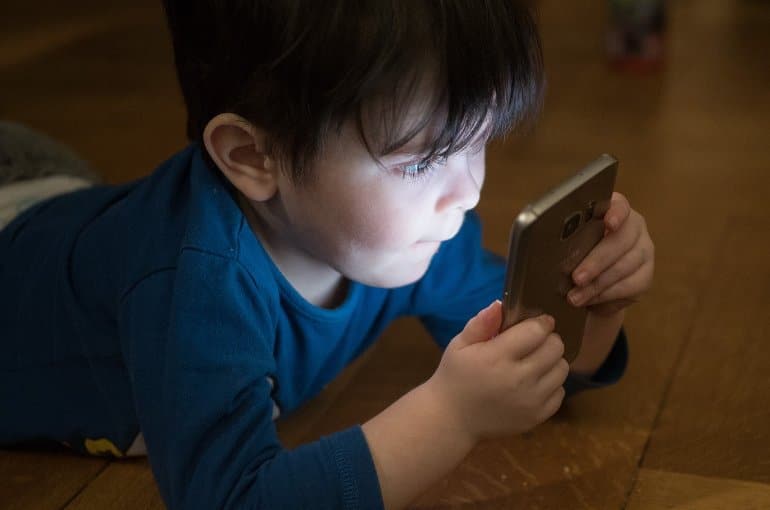Summary: Face-to-face interactions elicited 9 important cross-brain hyperlinks between frontal and temporal areas of the mind, whereas distant communications elicited just one.
Source: University of Montreal
Videoconferencing companies are proliferating—there’s Zoom, Teams, Messenger, FaceTime, Skype, WhatsApp—and for the reason that COVID-19 pandemic they’ve been seeing heavier use than ever earlier than.
While the transition to technology-enhanced communication has permeated all sides of social life over the previous three years, there’s scant scientific literature on its impression on the social mind.
Could technologically mediated interactions have neurobiological penalties that intrude with the event of social and cognitive talents?
An worldwide analysis group that included Guillaume Dumas, a professor within the Department of Psychiatry and Addiction at Université de Montréal and principal investigator on the Precision Psychiatry and Social Physiology Laboratory on the CHU Sainte-Justine Research Centre, wished to search out out.
Dumas can be an affiliate educational member of Mila, the Quebec Artificial Intelligence Institute, and holds the IVADO Chair in Artificial Intelligence and Mental Health. His analysis pursuits embrace social neuroscience, techniques biology and synthetic intelligence.
In this research, the analysis group in contrast mind electrical exercise throughout face-to-face interplay and technologically assisted distant communication in 62 mother-child pairs through which the youngsters had been aged 10 to 14.
Using a way known as hyperscanning, which may concurrently document mind exercise in a number of topics, the analysis group discovered that interplay by way of a videoconferencing platform attenuated mother-child mind synchrony.
Literally on the identical wavelength
Several years in the past, Dumas demonstrated that human brains generally tend to spontaneously synchronize when engaged in social interplay, i.e., their electrical rhythms oscillate on the identical frequency.
“Inter-brain synchrony is associated with the development of social cognition,” Dumas defined. “The resonance between brains enables children to learn to distinguish between self and others, to learn social relationships.”
The research discovered that face-to-face interactions elicited 9 important cross-brain hyperlinks between frontal and temporal areas of the mind, whereas distant interactions generated just one.
“If brain-to-brain synchrony is disrupted, we can expect consequences for the child’s cognitive development, particularly the mechanisms that support social interaction,” mentioned Dumas. “And these are life-long effects.”
Fundamentally social beings
In view of the findings, Dumas believes extra analysis is required on the potential impression of social know-how on mind maturation, particularly in younger folks. In explicit, he questions the appropriateness of on-line training for teenagers.

“I wonder about the digitization of education and the pandemic’s impact on the development of social cognition in young people, at a time when human relationships have been fragmented,” he mentioned.
“It’s an important question but difficult to answer, given that the full effects won’t be known for 10, 15 or 20 years.”
According to Dumas, the research’s findings can be extrapolated to adults and should clarify the widespread “Zoom fatigue” following the rise in videoconferencing through the COVID lockdowns: “Since online interactions produce less brain-to-brain synchrony, it is understandable that people would feel they have to expend more effort and energy to interact,” he steered. “The interactions seem more laborious and less natural.”
Dumas believes the research confirms that social relationships are critically necessary to people and that inter-brain mechanisms are linked to the event of the social mind.
“These results are consistent with the findings of a study we conducted on the power of a mother’s scent and another that found that an affectionate touch from a romantic partner has the power to reduce pain,” he mentioned.
It appears people are interconnected by a know-how stronger than Zoom or Teams: our brains.
About this neurodevelopment and communication analysis information
Author: Press Office
Source: University of Montreal
Contact: Press Office – University of Montreal
Image: The picture is within the public area














Discussion about this post